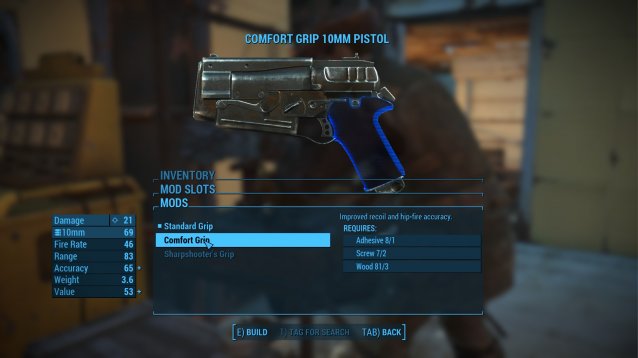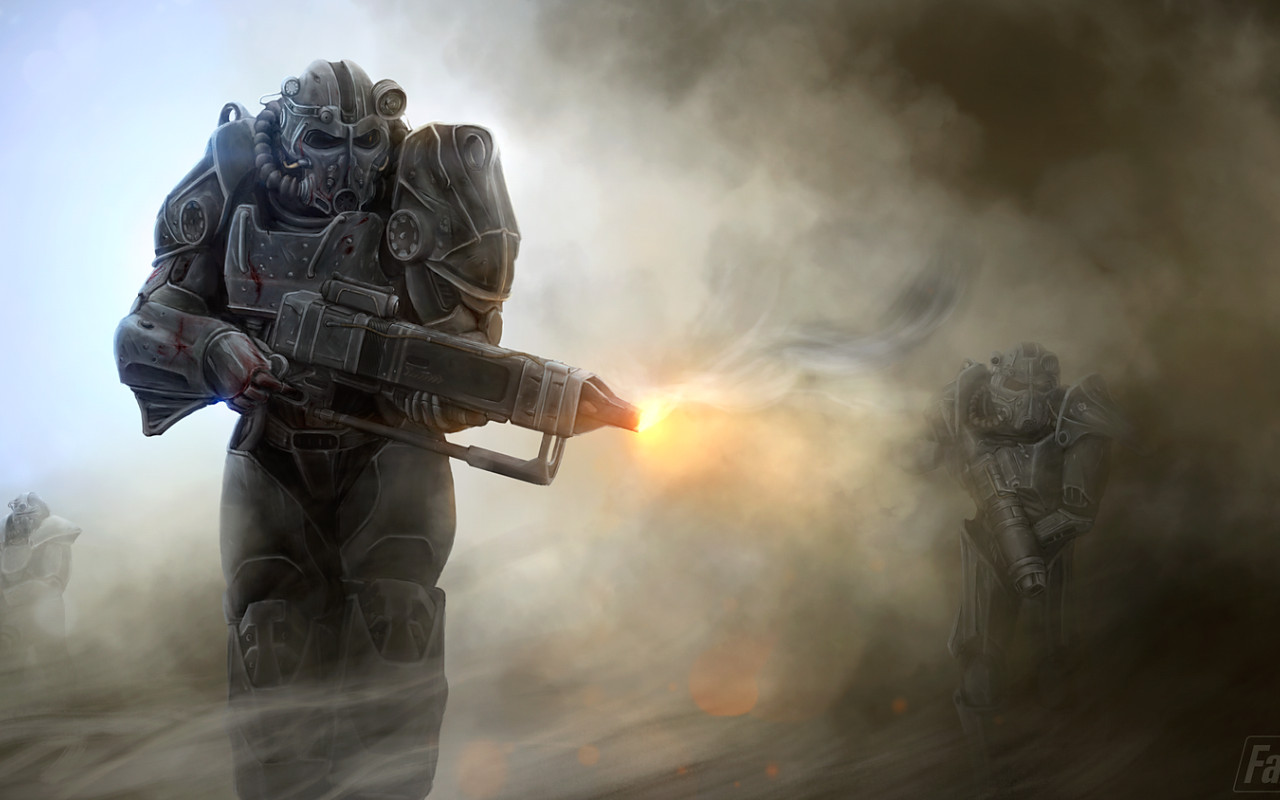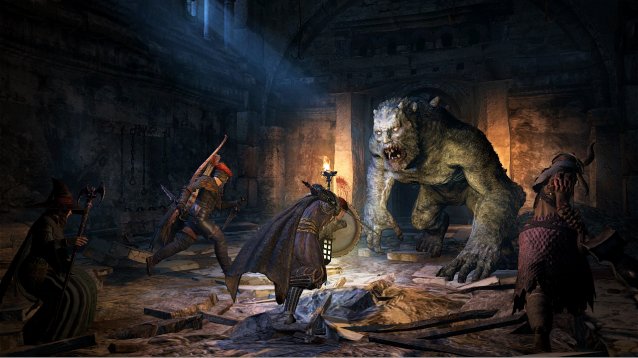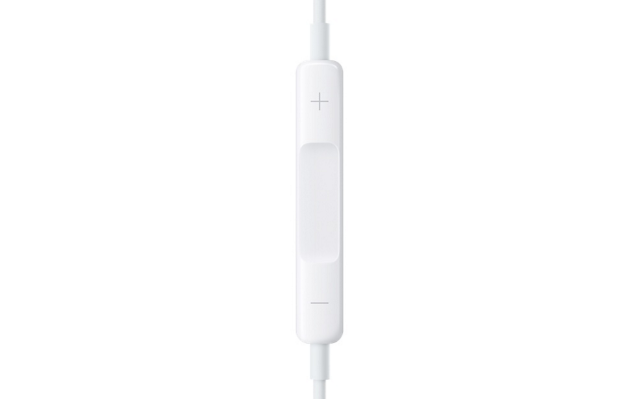


One of the big changes in Fallout 4 is its deep and extensive crafting/modification system. This allows you to do anything from constructing housing and defense structures for your own settlements, to modifying and repairing your own weapons and armor. If you want to know how to successfully build your own settlement, click here. If you want more info on effectively scrapping materials, click here. If you want to know how to modify your weapons and armor, keep reading.
You can also go directly to: Weapons || Armor
You can craft weapon mods from both weapon parts and random wasteland junk. To turn weapons and junk into crafting sources, you’ll need to scrap them. Our scrapping guide, linked above, tracks which crafting components can scrapped from which junk items. To craft weapons, a weapons workbench is necessary. Armor is modded separately at its own workbench.
The important thing to remember before you begin modifying and crafting is that you should collect as many items and loot as you can carry, and bring it back to your settlement once you’re ready to start. Scrapping those items will leave you with a fresh set of components to work with. Make sure to always grab superglue, since adhesive is necessary for every weapon and armor mod.
To take as much advantage of weapon mods as possible, you should try to grab the following perks when you can:
To fully explore armor mods, you should grab these two perks:
You can modify virtually every non-legendary weapon in the game; this guide will focus on guns commonly found in the initial stages. There are four types of guns: pistols, shotguns, rifles, and energy weapons (rifles and pistols). Each of these is made up of five or six smaller components. The type of gun determines which components can be modified. While there are many variations of guns to be found throughout The Commonwealth, these are the most common you’ll find in each group, especially towards the beginning of the game.
Pistols
Rifles
Shotguns
Heavy Weapons
Laser Weapons
Plasma Weapons
Explosives
Melee Weapons
Other
There are six components that can be found on most guns. These are what you can modify. Each component modification comes with different advantages and disadvantages. We’ve listed the general pros and cons for each component below.
It is important to note that for energy weapons, the barrel, stock, and sights components work the same way, but muzzles work differently, and capacitors replace receivers.
Fallout 4 does not properly explain the different types of armor to the player. There are three types of armor: under-armor, over-armor, and power armor. If you want to upgrade your power armor suit, check out our guide for that here. Normal armor consists of thinner outfits, or “under-armor,” that allow for heavier “over-armor” body armor to be worn on top. There are also “outfits,” like the black vest and slacks, for example, that provide armor and energy protection, but do not allow for over-armor to be worn as well. Lists of the different armor types can be found below.
Comes in pieces for chest, right/left arms, right/left legs.
For under-armor, over-armor, and outfits, there are two types of mods.
With all of that information, you should be well on your way to becoming a Fallout 4 modding expert. If you want even more help, you should check out our other guides, like getting the best of the combat system, creating your character, cooking and chemistry, Easter eggs in the wasteland, and unlocking Holiday decorations.
This guide may be further updated to reflect newfound information.




 Watch Dogs Complete List of Mini Games
Watch Dogs Complete List of Mini Games Fallout 4 Mission Guide: The First Step
Fallout 4 Mission Guide: The First Step Review: Dragons Dogma Dark Arisen
Review: Dragons Dogma Dark Arisen The Best Gaming Podcast Ever: Episode 13
The Best Gaming Podcast Ever: Episode 13 One Quick Tip to Avoid Blurry iPhone Selfies Every Time
One Quick Tip to Avoid Blurry iPhone Selfies Every Time